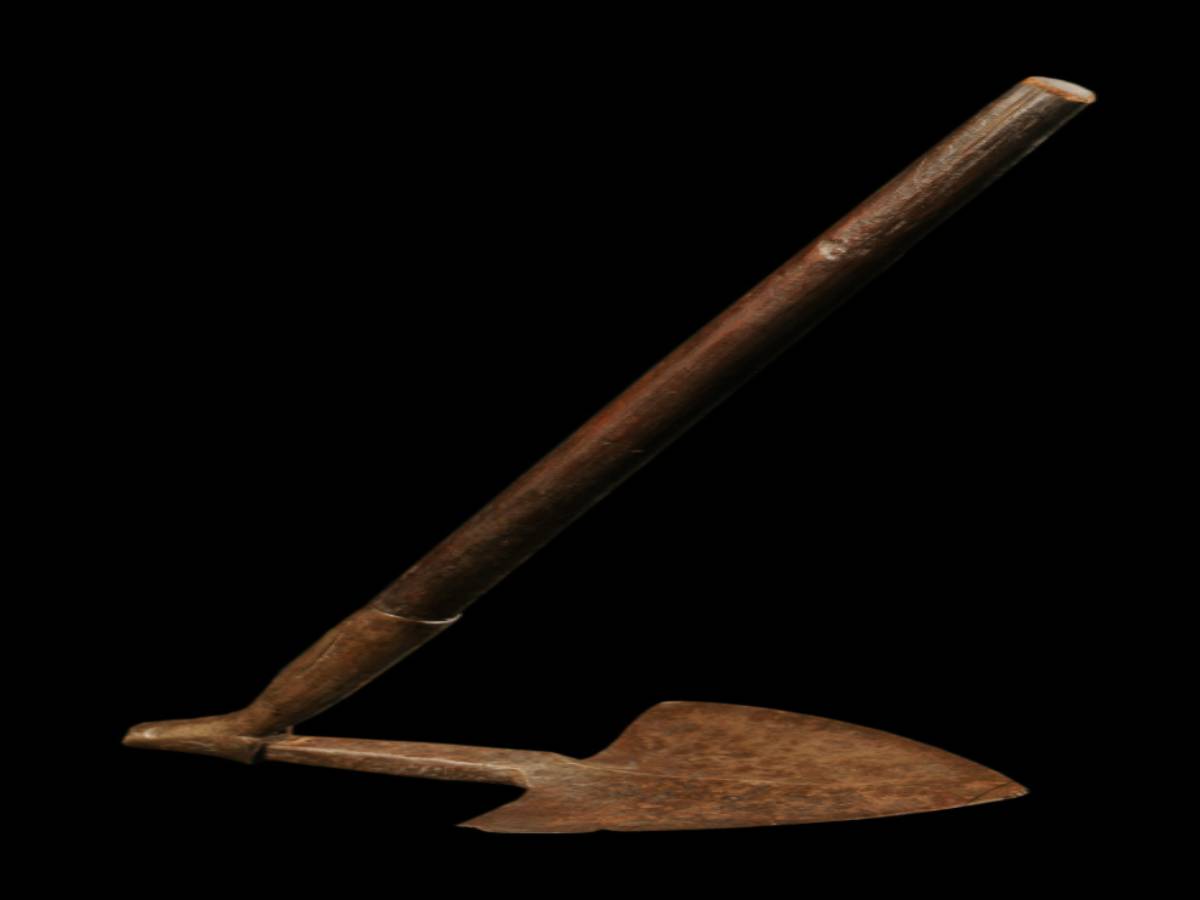State
Tribe Name
Art Type
short description
One of the major plains tribes of Assam and Northeast India, the Cacharis have thick relational ties to the forested environment and an agrarian lifestyle aimed at utility, perseverance, and simplicity. Amongst their tools of trade, the iron axe is mainly looked at as a useful implement for all purposes-from agriculture, wood cutting, and building shelters to the ceremonial. The Cachari axe is made up of three principal components, namely: a long wooden handle, a triangular-shaped iron blade, and an iron tang that joins the blade with the handle. The tang is basically a hefty metal extension from the blade which goes deep into the shaft of the wood with strong locking, giving wonderful durability and handling during tough meadow jobs.
Thumbnail

Filter Postion
Left
Filter Background
Off
Theme
Filter Header Image

content
Image

description
One of the major plains tribes of Assam and Northeast India, the Cacharis have thick relational ties to the forested environment and an agrarian lifestyle aimed at utility, perseverance, and simplicity. Amongst their tools of trade, the iron axe is mainly looked at as a useful implement for all purposes-from agriculture, wood cutting, and building shelters to the ceremonial. The Cachari axe is made up of three principal components, namely: a long wooden handle, a triangular-shaped iron blade, and an iron tang that joins the blade with the handle. The tang is basically a hefty metal extension from the blade which goes deep into the shaft of the wood with strong locking, giving wonderful durability and handling during tough meadow jobs.
The triangular blade has two angled sharp cutting edges running along the sides of the triangle. This gives the tool a very large surface area for chopping and also maintaining a fine balance and movement in the action. The very construction spells volumes about this tribe's indigenous knowledge of metallurgy and design of ergonomic tools.Apart from purely utilitarian aspects, the iron axe enters also into cultural practices, signifying power and self-sufficiency. It embodies the philosophy of the Cachari regarding function and form, their relation with the environment, and the skills passed down generations.
The triangular blade has two angled sharp cutting edges running along the sides of the triangle. This gives the tool a very large surface area for chopping and also maintaining a fine balance and movement in the action. The very construction spells volumes about this tribe's indigenous knowledge of metallurgy and design of ergonomic tools.Apart from purely utilitarian aspects, the iron axe enters also into cultural practices, signifying power and self-sufficiency. It embodies the philosophy of the Cachari regarding function and form, their relation with the environment, and the skills passed down generations.
Image Mode
landscape
promoted
On
Verified
Off
